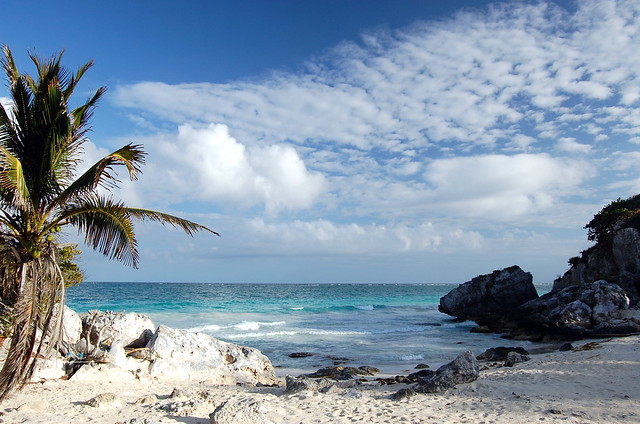When it comes to dream vacation, our thoughts undoubtedly turns to hot warm waters and shiny white beaches of the Caribbean. The Caribbean has a rich history of settlers from Africa, French and England who all have contributed to its rich culture in a number of ways. Only a few places can offer more vibrant and happening night life, vistas and perfect weather conditions. If you are planning and got your heart set to visit this exotic destination, take a glance at the points which may help you get a broader view of the things they have to offer. Make your travel arrangements with Passport agency contact.
Antigua
Being located on the western hills of Caribbean, Antigua is a heaven on earth. It is filled with exotic plants, animals, geography and breathtaking scenery which will surely leave you spellbound. It is also well known for its exotic villas and resorts like Blue Waters which provide you with options like parasailing, surfing, beautiful gardens and jet skis. It is the perfect place to admire nature's beauty, it also have two huge beaches nearby with shiny white sand and crystal clear blue water which will add more value to your visit.
Bermuda
Bermuda is one of the oldest British Territories in the world and is located 670 miles off the coast of North Carolina. It is internationally known for its pink sand beaches, exotic natural views and hospitable population. You can enjoy the unhindered vies of Bermuda's lush and beautiful landscape as well as enjoy the scenic beauty of the Atlantic. You would find a wide variety of internationally flavored cuisines and would love the big golf courses. The night life at Bermuda is also quite happening where you can enjoy the traditional dances and songs.
Puerto Rico
Puerto Rico is the best known vacation destination and one of the most loved gems of Caribbean. It is sparsely populated and offers wonderful beaches with soft sand and crystal clear waters. It has a vivid geography with an exotic collection of flora and fauna and world famous night life. You can enjoy island's culture at various night parties organized by bars, clubs and dance halls. If you are an adventure seeker, you can enjoy the off road jeep safari in the rain mountains and scuba diving in warm waters of the Caribbean.
Jamaica
Jamaica is located in south of Cuba and is world famous for its exotic culture, landscapes and first class resorts. You can enjoy activities like fishing, dolphin watching or can just hang around the beaches. It also has well guided tours of the islands which help you to experience its traditional culture as well as enjoy the breathtaking scenery. It also has several water theme parks where you can enjoy water games like surfing and rain dance. It has three main beaches which offer beach parties and games like beach volley ball and not to mention, one of the beach has one clothing options.
With diverse and interesting geography and perfect climate conditions, both physical and cultural, the Caribbean is perfect to spend a vacation which you will remember for your lifetime.
Photos via Flickr Creative Commons
Photos via Flickr Creative Commons














